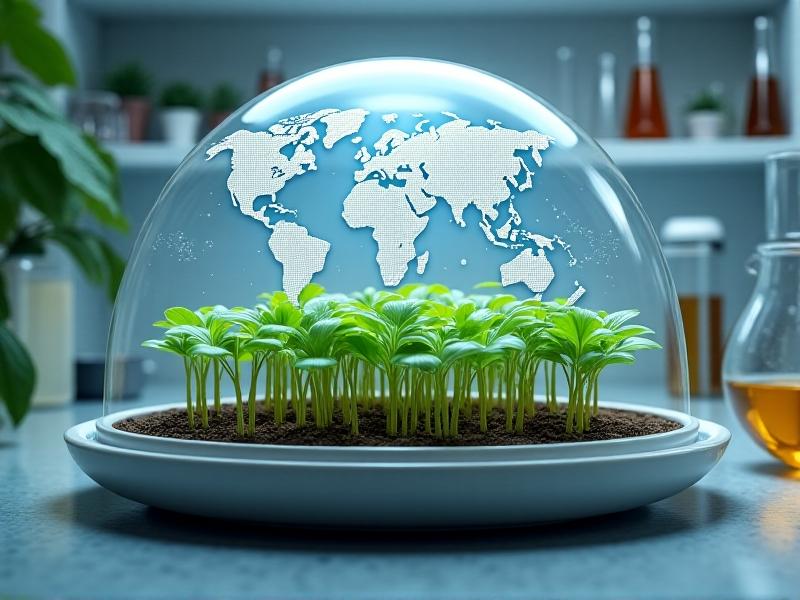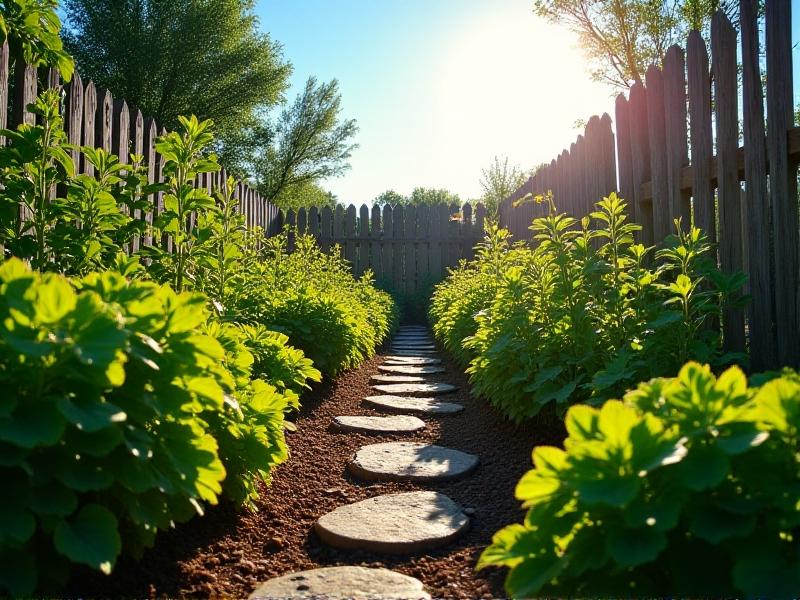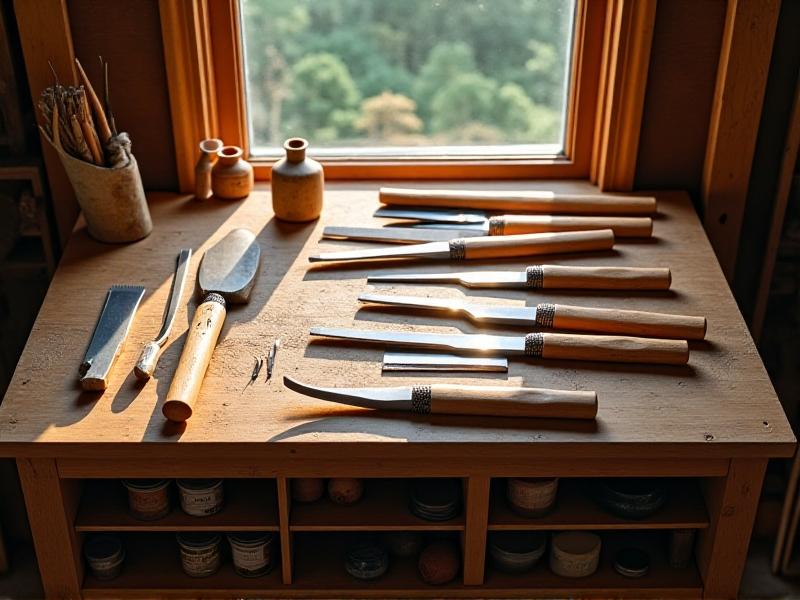Humidity Domes vs. Open Air Display Strategies
Understanding Humidity Domes and Open Air Displays
When it comes to cultivating plants, especially in controlled environments like greenhouses or indoor gardens, the debate between using humidity domes and open air displays is a topic of great interest. Humidity domes are plastic covers that create a microclimate with high humidity, ideal for seed germination and early plant growth. On the other hand, open air displays refer to growing plants without any covering, allowing them to experience natural air circulation and ambient humidity.
Both methods have their unique advantages and challenges. Humidity domes can accelerate germination by maintaining consistent moisture levels, but they can also lead to issues like mold or fungal growth if not monitored carefully. Open air displays, while more natural, may require more frequent watering and attention to ensure plants don’t dry out. Understanding these strategies is crucial for gardeners looking to optimize their growing conditions.

The Science Behind Humidity Domes
Humidity domes work by trapping moisture and heat, creating a greenhouse effect that accelerates seed germination and early plant growth. The enclosed environment ensures that the soil remains consistently moist, reducing the need for frequent watering. This is particularly beneficial for seeds that require high humidity to sprout, such as tropical plants or certain vegetables.
However, the science behind humidity domes also highlights potential drawbacks. The lack of airflow can lead to stagnant conditions, which may encourage the growth of mold or mildew. Additionally, the high humidity levels can sometimes cause seedlings to become leggy or weak if they are not exposed to enough light. Proper ventilation and monitoring are essential to mitigate these risks and ensure healthy plant development.

Benefits of Open Air Displays
Open air displays offer a more natural growing environment, allowing plants to experience the full range of environmental conditions. This method promotes stronger root systems and more resilient plants, as they are exposed to varying levels of humidity, temperature, and airflow. Open air displays are particularly well-suited for plants that thrive in drier conditions or those that require good air circulation to prevent disease.
One of the key benefits of open air displays is the reduced risk of mold and fungal infections, which can be a common issue with humidity domes. Additionally, plants grown in open air are often more adaptable to outdoor conditions, making the transition from indoor to outdoor environments smoother. However, this method requires careful attention to watering schedules, as plants can dry out more quickly without the protective barrier of a dome.

Choosing the Right Strategy for Your Plants
Deciding between humidity domes and open air displays depends on several factors, including the type of plants you’re growing, the stage of growth, and the environmental conditions of your growing space. For seeds that require high humidity, such as peppers or tomatoes, humidity domes can provide the ideal conditions for germination. However, for plants that prefer drier conditions or are more susceptible to mold, open air displays may be the better choice.
It’s also important to consider the long-term needs of your plants. While humidity domes are excellent for the initial stages of growth, most plants will eventually need to be transitioned to open air to develop strong roots and stems. Balancing these strategies can help you achieve the best results for your garden.
Practical Tips for Using Humidity Domes
If you decide to use humidity domes, there are several practical tips to ensure success. First, make sure to choose a dome that fits snugly over your seed tray to maintain consistent humidity levels. It’s also important to monitor the moisture inside the dome regularly, as excessive condensation can lead to mold growth. Ventilation is key—consider propping the dome open slightly or removing it for a few hours each day to allow fresh air to circulate.
Another tip is to use a heat mat under the seed tray to provide consistent warmth, which can further enhance germination rates. Finally, be prepared to transition your seedlings to open air once they have developed their first set of true leaves. This will help them acclimate to normal growing conditions and prevent issues like legginess or mold.
Maintaining Healthy Plants in Open Air Displays
For those opting for open air displays, maintaining healthy plants requires a different set of strategies. Regular watering is essential, as plants in open air are more exposed to drying conditions. However, it’s important to avoid overwatering, as this can lead to root rot. Using a well-draining soil mix can help prevent waterlogging and ensure that your plants receive the right amount of moisture.
Good air circulation is another critical factor for open air displays. Positioning plants so that they are not overcrowded will help prevent the spread of disease and promote healthy growth. Additionally, providing adequate light is crucial—whether from natural sunlight or grow lights—to ensure that your plants receive the energy they need to thrive. Regularly inspecting your plants for signs of pests or disease will also help you address any issues before they become serious problems.
Comparing Costs and Accessibility
When comparing humidity domes and open air displays, cost and accessibility are important considerations. Humidity domes are relatively inexpensive and widely available, making them an accessible option for most gardeners. However, they do require additional equipment, such as heat mats or grow lights, which can add to the overall cost. Open air displays, on the other hand, are cost-effective and require minimal equipment, but they may require more time and effort to maintain optimal growing conditions.
Ultimately, the choice between humidity domes and open air displays will depend on your budget, the specific needs of your plants, and your personal gardening preferences. Both methods have their merits, and many gardeners find success by using a combination of both strategies at different stages of plant growth.
Expert Insights and Case Studies
To gain a deeper understanding of the effectiveness of humidity domes and open air displays, it’s helpful to look at expert insights and real-world case studies. Many professional gardeners and horticulturists recommend using humidity domes for seed germination, especially for plants that are difficult to grow from seed. Case studies have shown that humidity domes can significantly improve germination rates and reduce the time it takes for seeds to sprout.
However, experts also emphasize the importance of transitioning plants to open air once they have established themselves. Open air displays have been shown to produce stronger, more resilient plants that are better equipped to handle environmental stressors. By combining the benefits of both methods, gardeners can achieve optimal results and enjoy a thriving garden.
Future Trends in Plant Cultivation
As technology and gardening practices continue to evolve, new trends in plant cultivation are emerging. One such trend is the development of advanced humidity control systems that allow for more precise management of growing conditions. These systems can automatically adjust humidity levels based on the needs of the plants, reducing the risk of mold and other issues associated with traditional humidity domes.
Another trend is the increasing popularity of open air displays in urban gardening and vertical farming. As space becomes more limited in urban areas, gardeners are finding innovative ways to grow plants in open air environments, such as on rooftops or in small outdoor spaces. These trends highlight the ongoing importance of understanding and optimizing growing conditions, whether through humidity domes, open air displays, or a combination of both.








